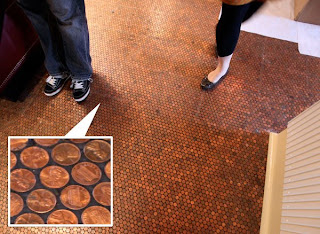
So today I thought I would explain my rationale for reviewing the cookbook (and other publications), in the hope that it will encourage readers and prospective travellers to expand their reading list and broaden their research before they hit the road.
For me, travel is not only about ancient monuments, famous landmarks, lying around on the beach getting sunburnt, or taking yet another golden sunset photograph. It is also about all those other things that go into making travel experiences truly memorable and unique.
Things like trying to gain insight into the culture and history of the countries I pass through. It’s about digging deeper into the morés and traditions of the people that make these countries what they are. And it’s about immersing myself in the travel experience, so that I can hopefully come away from my latest journeying with a deeper understanding of the world and the peoples that inhabit it.
I am a firm believer that you don’t have to actually be travelling to immerse yourself in the travel experience. The travel experience for me begins with research, with reading a wide range of books about the countries I plan to visit. With gaining a basic understanding of the language of the people so I can deepen the connection with them as I interact with them on a daily basis.
Most people, when preparing for a major journey, confine their ‘research’ to general country guides or location specific guides like the one for New York City previously reviewed on this site (Knopf MapGuide: New York), or Road Trip USA (Road Trip USA). As good as they are, these guides, by their very nature, cannot provide you with the deep background insight into a nation you get from reading good travelogues, biographies of important national figures, and the histories of the people, places, and nations you are planning to visit.
Hence my recent review of Robb Walsh’s 2007 publication, The Texas Cowboy Cookbook, Bill Bryson’s Down Under, A Walk Across America by Peter Jenkins, and Bypass by Michael McGirr – to name just some of my book reviews.
Actually, I have also wanted to include reviews of feature films, documentaries, and television series on this blog as well, but I just haven’t had the time to devote to this. I believe there are many films and TV programs that help provide another level of insight into the travel experience. For instance, the brilliant documentaries of Ken Burns (The Civil War, Baseball, Jazz, The War, etc), the travel adventures of Charley Boorman and Ewan McGregor (The Long Way Round, and Long Way Down), and the journeys of Michael Palin (Sahara, Himalaya, and Full Circle, etc), all come to mind.
Then there are great feature films like those of the director Werner Hertzog, whose wonderful films, Aguirre: The Wrath of God, and Fitzcarraldo fuse drama, stunning cinematography and magnificent landscapes to transport you to a world that is both frightening and exhilarating at the same time. Or the more recent Tulpan, by Sergei Dvortsevoy. This film, which won the Un Certain Regard award at the Cannes Film Festival in 2008, looks at the fast disappearing world of nomadic sheep herders in Kazakhstan, and combines comedy, drama, and documentary style film making to show us a landscape that few city dwelling westerners (or ‘easterners’ for that matter), will ever get to see.
In fact, just writing this entry has prompted me to start putting aside some time to watch these movies, and television programs and write reviews of them. So look out for these in the near future.
I hope this brief rationale for my reviewing policies also prompts you to broaden your research parameters, and gets you thinking ‘outside the box’ about ways you too can get the full experience out of your travels.
NOTE: To see a full list of all the books reviewed on The Compleat Traveller, click on the ‘In Review’ label below.









